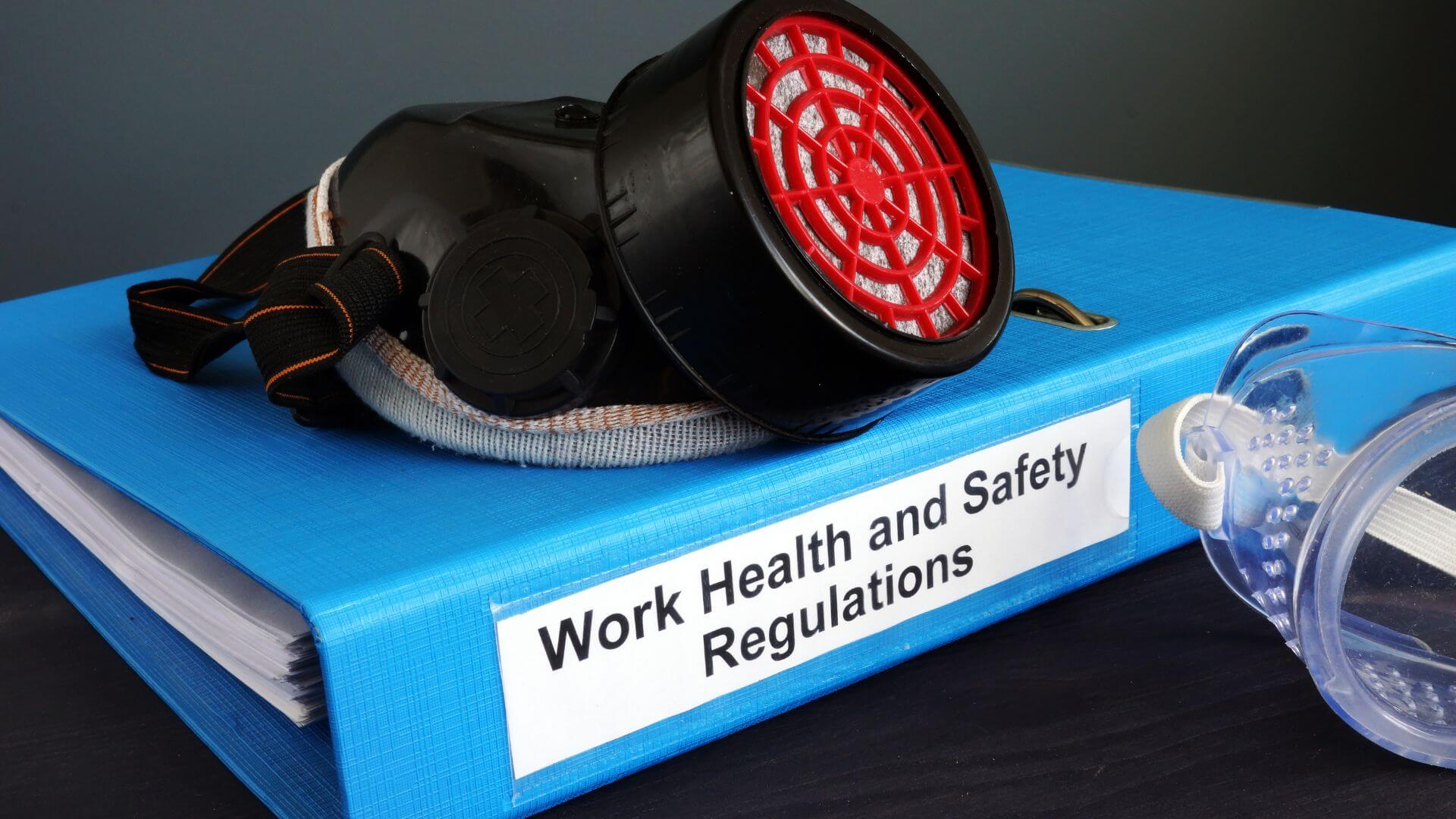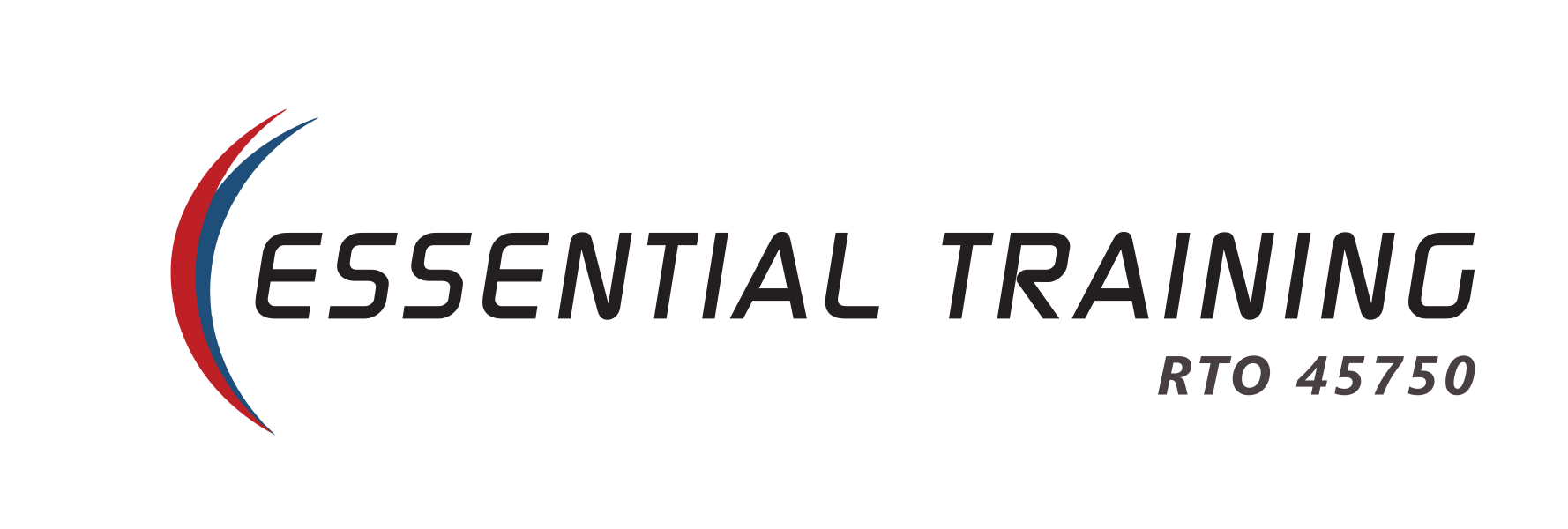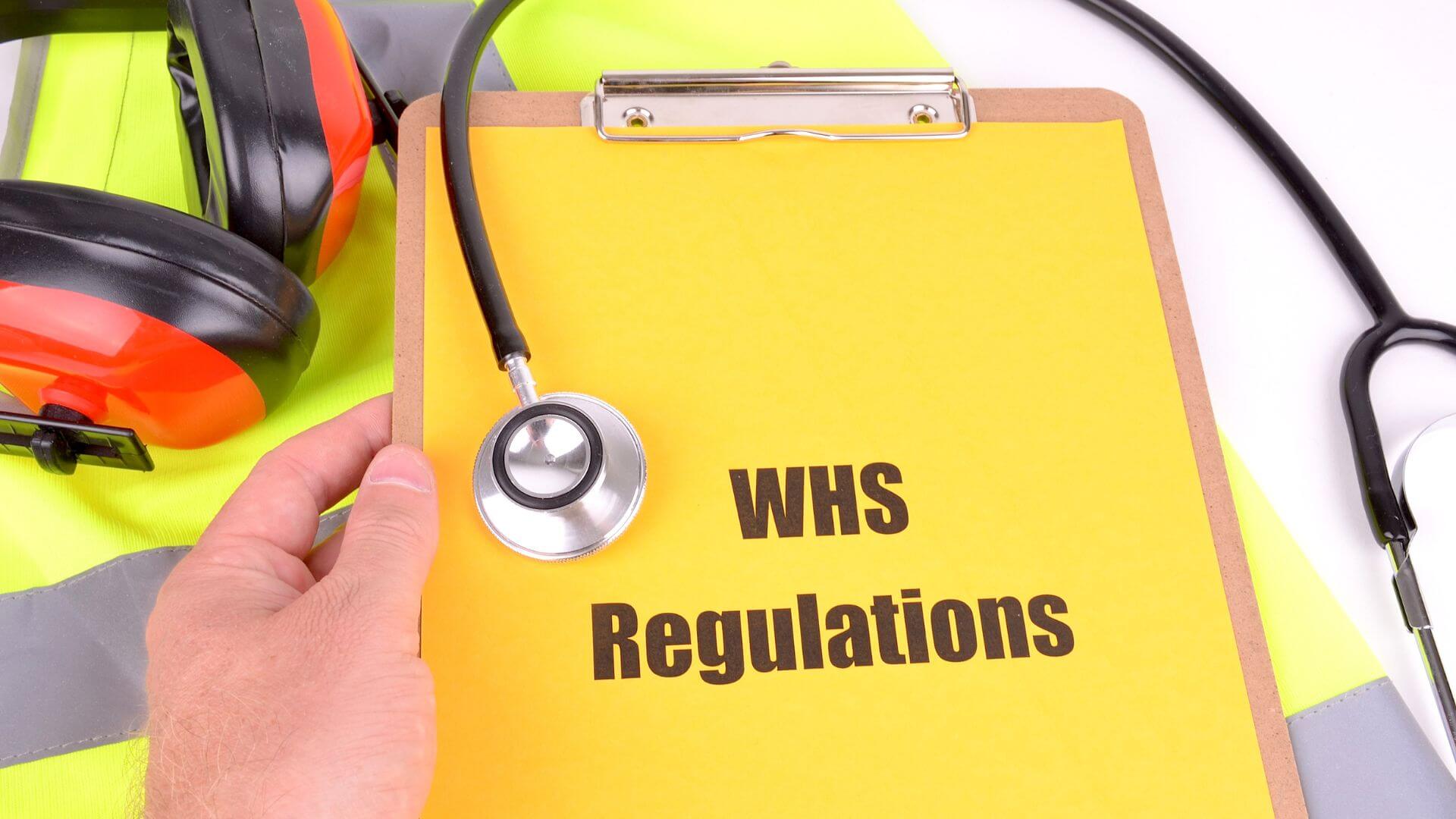Ensuring workplace safety is not just a moral and ethical responsibility but also a legal one. In Western Australia, the Work Health and Safety (General) Regulations 2022 (WHS Regulations 2022) underline the significance of having fully trained Health Safety Representatives (HSRs) to uphold safety standards. This blog post delves into the benefits, requirements, and solutions related to Health Safety Representative training (HSR training) in accordance with these regulations.
Understanding the WHS Regulations 2022 for Health Safety Representatives

What are the primary responsibilities of a business under the new WHS Regulations 2022 concerning HSRs?
Under the WHS Regulations 2022, businesses have several key responsibilities:
- Facilitate the election of HSRs if requested by a work group.
- Ensure HSRs have access to training and the resources necessary to fulfil their role effectively.
- Allow HSRs to attend approved training courses and cover the associated costs.
- Consult with HSRs on workplace safety matters, giving them a voice in safety procedures and risk management.
How does having a fully trained HSR benefit a workplace in Western Australia?
Fully trained HSRs bring numerous benefits to the workplace, including:
- Enhanced understanding of safety risks and the latest compliance requirements.
- Improved communication between employees and management regarding safety issues.
- Proactive identification and resolution of potential hazards, reducing the likelihood of accidents.
- A culture of safety that contributes to employee wellbeing and productivity.
What typical safety issues do workplaces in Western Australia face, and how can HSR training help address them?
Workplaces in Western Australia often encounter issues such as manual handling injuries, slips, trips and falls, and mental health stressors. According to statistics, these represent significant proportions of workplace incidents. HSR training equips representatives with the knowledge to:
- Conduct risk assessments and implement preventive measures.
- Foster a safety culture by educating peers on safe work practices.
- Advocate for ergonomic solutions and mental health support services.
- Liaise with management to tailor safety protocols to the workplace’s specific needs, directly addressing the guidelines outlined in the WHS Regulations 2022.
The Path to Compliance and Safety
Ensuring compliance with the WHS Regulations 2022 requires a commitment to safety training and education. Health Safety Representative training is not just a regulatory requirement but a critical investment in the wellbeing of your workforce and the sustainability of your business. By prioritising HSR training, businesses can significantly mitigate risks, enhance employee satisfaction, and foster a proactive safety culture.

Implementing Solutions with WHS Regulations 2022
- Risk Assessment and Mitigation: Train HSRs to perform detailed risk assessments, focusing on high-incidence issues like manual handling and slips, trips, and falls. Implement controls as per the hierarchy of controls outlined in the regulations.
- Mental Health and Wellbeing: Equip HSRs with the skills to identify mental health risks and advocate for support mechanisms in line with Regulation requirements for psychological health.
- Continuous Education: Encourage a culture of continuous learning by attending the annual HSR refresher training, ensuring alignment with the latest WHS Regulations 2022.
Final Thoughts
Health Safety Representative training underpins a successful safety strategy in compliance with the Work Health and Safety (General) Regulations 2022. As a person conducting the business or undertaking (PCBU), investing in HSR training is pivotal to creating a safer, more compliant, and ultimately more productive workplace. Remember, a well-trained HSR is not just a regulatory requirement; they are a vital asset to your team, championing health and safety at every level of your organisation.
Click here to check our Health and Safety Representative training in partner with CCIWA.











